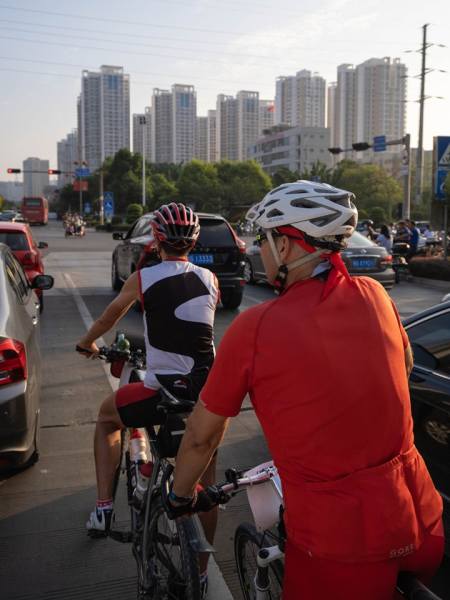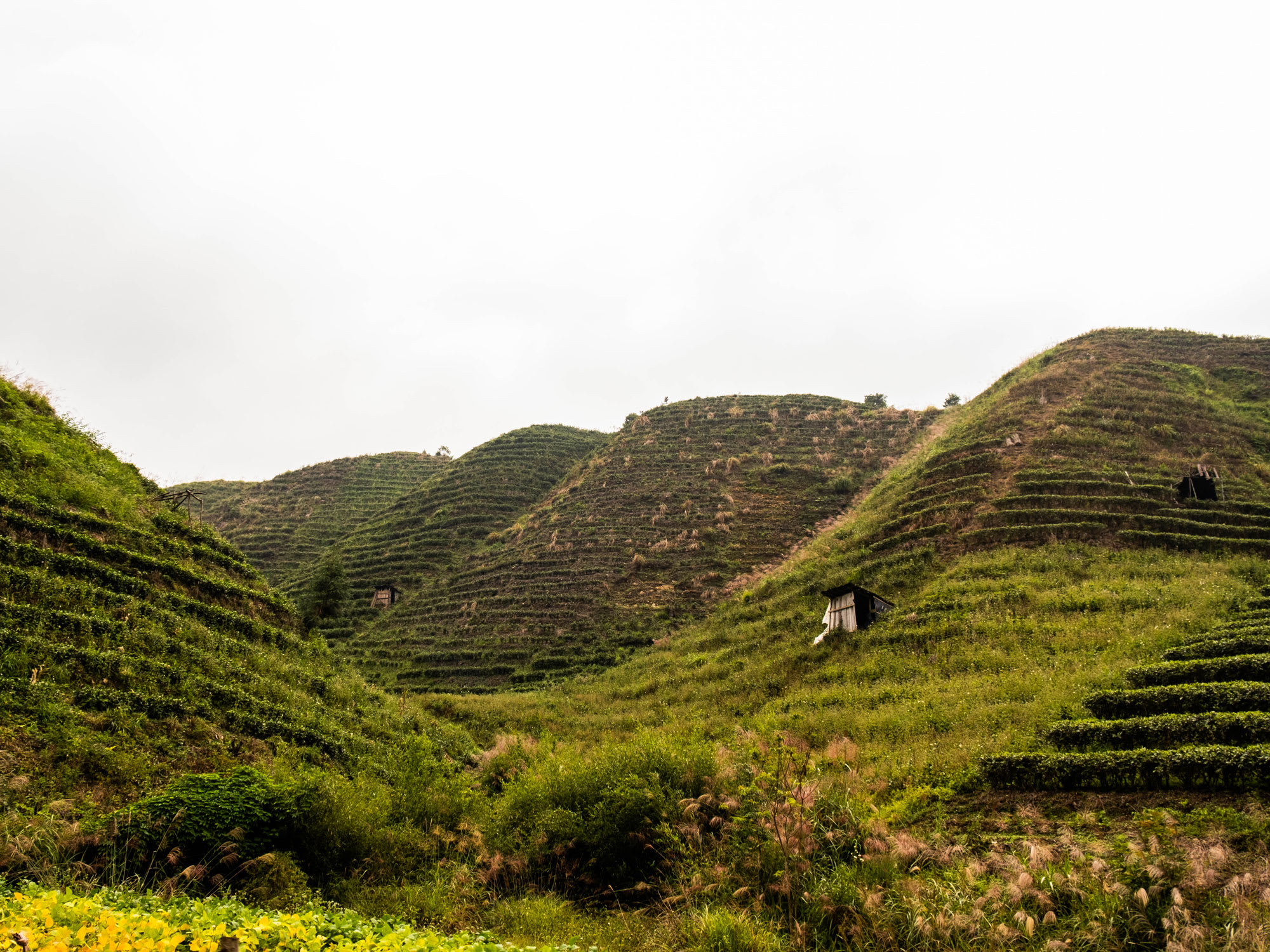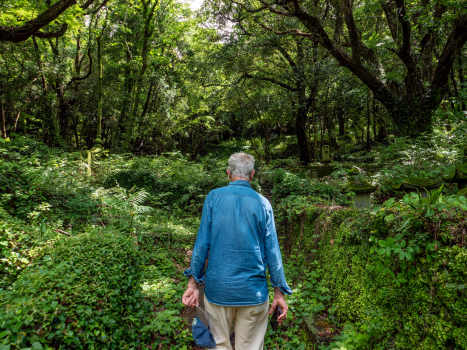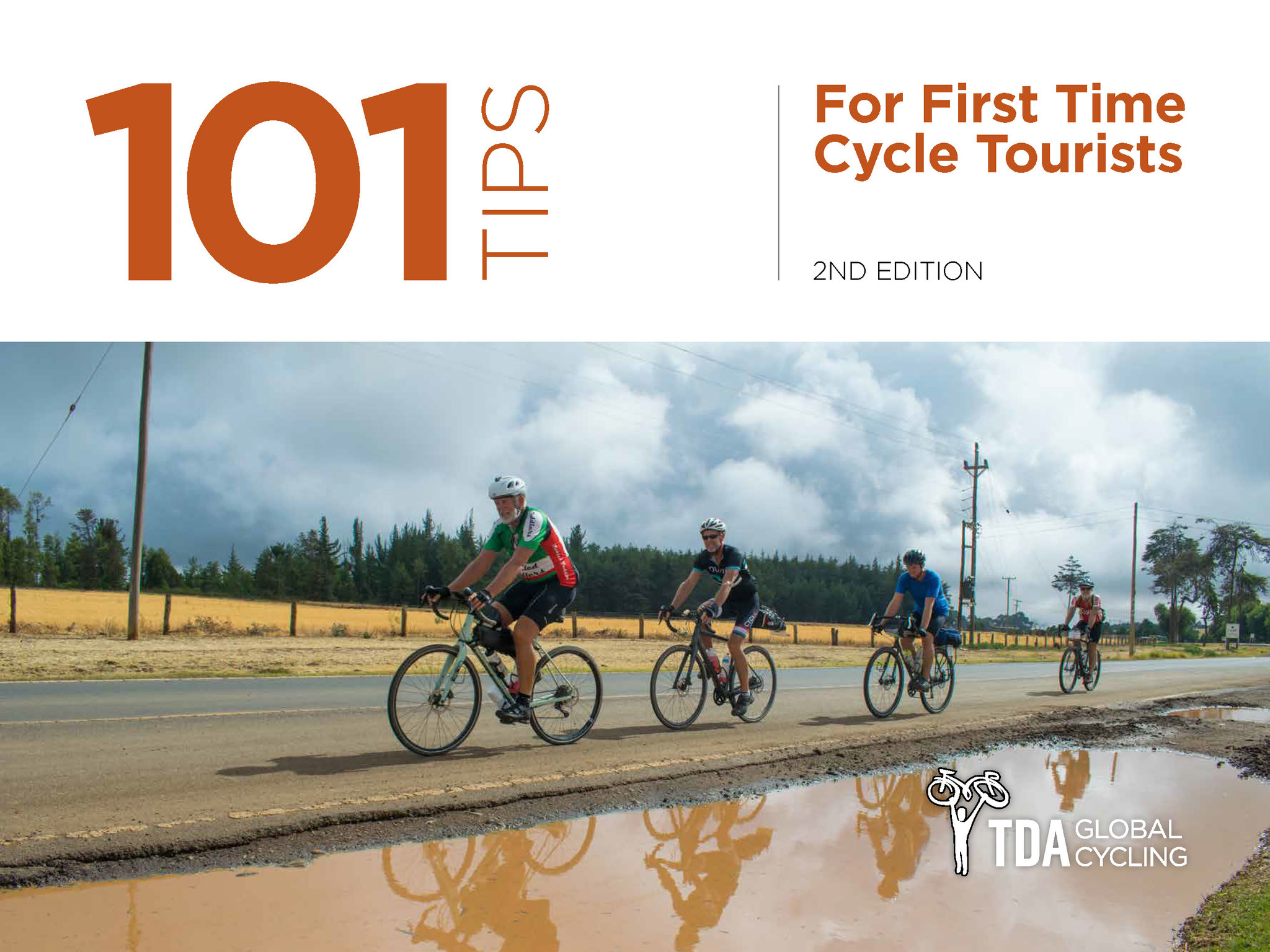Blog
The Chinese Equilibrium
For most of us, living in the 21st century means having multiple deadlines to meet, people to see, things to do and responsibilities to fulfill. Multi-tasking is not a skill anymore, it’s a life requirement. Be it on a personal level or on the scale of big cities that we live in, when we start to think about the amount of things that we need to do on a daily basis or that need to happen at the same time, we can get easily overwhelmed and fascinated by how in harmony things actually are.
Let’s use the example of you walking. You’ve been doing this for years now (actually early humans¹ have been doing this for 6 million years), without any conscious thought. But to just take a single step requires all of your senses to be activated and to send information to your cerebral neocortex to activate 200 bones and 600 muscles.

Although this information might seem irrelevant with regards to cycling through China, when you are on the side of the road trying to pedal through a rural village while an electric scooter silently passes by you every second or two, you begin to realize the true scale of the country you are in. You are in the most populated country on the planet (1.4 billion). Its 9,600,000 square kilometres make it the third biggest country in the world. How is a country of this size and with this many people able to function?
“It’s all about balance” our local lunch van driver says, using a translation app that seems to do a pretty good job since we don’t have access to any Google related apps here. Balance. Through the hustle and bustle, China has that.
Stuffed with skyscrapers and stores of every kind, not one street is deserted. People of all ages, in groups or alone, are dancing to the beat coming from a loud speaker or just looking at the river flowing through the city, listening to an erhu². We move from one city to the next, filling our tummies with wholesome hot pots, fried rice and all sorts of sautéed vegetables.
But the next day we wake up and hit the road to cycle through endless rice fields and rural villages. The mountains unfold as we pedal on our way. But there is no one, not a single person, that can be seen on those vast fields and mountain hills. You are at peace – as if you are the only one on earth.

Every day on this section, Mao & Tao, seemed to represent the cosmic balance of yin and yang. The duality that we saw reminded us how seemingly opposite or contrary forces may actually be complementary, interconnected and interdependent.
¹ Sahelanthropus
² A two-stringed bowed musical instrument, more specifically a spike fiddle, which may also be called a Southern Fiddle, and sometimes known in the Western world as the Chinese violin or a Chinese two-stringed fiddle
 REGISTER NOW
REGISTER NOW




Leave a Comment for "The Chinese Equilibrium"